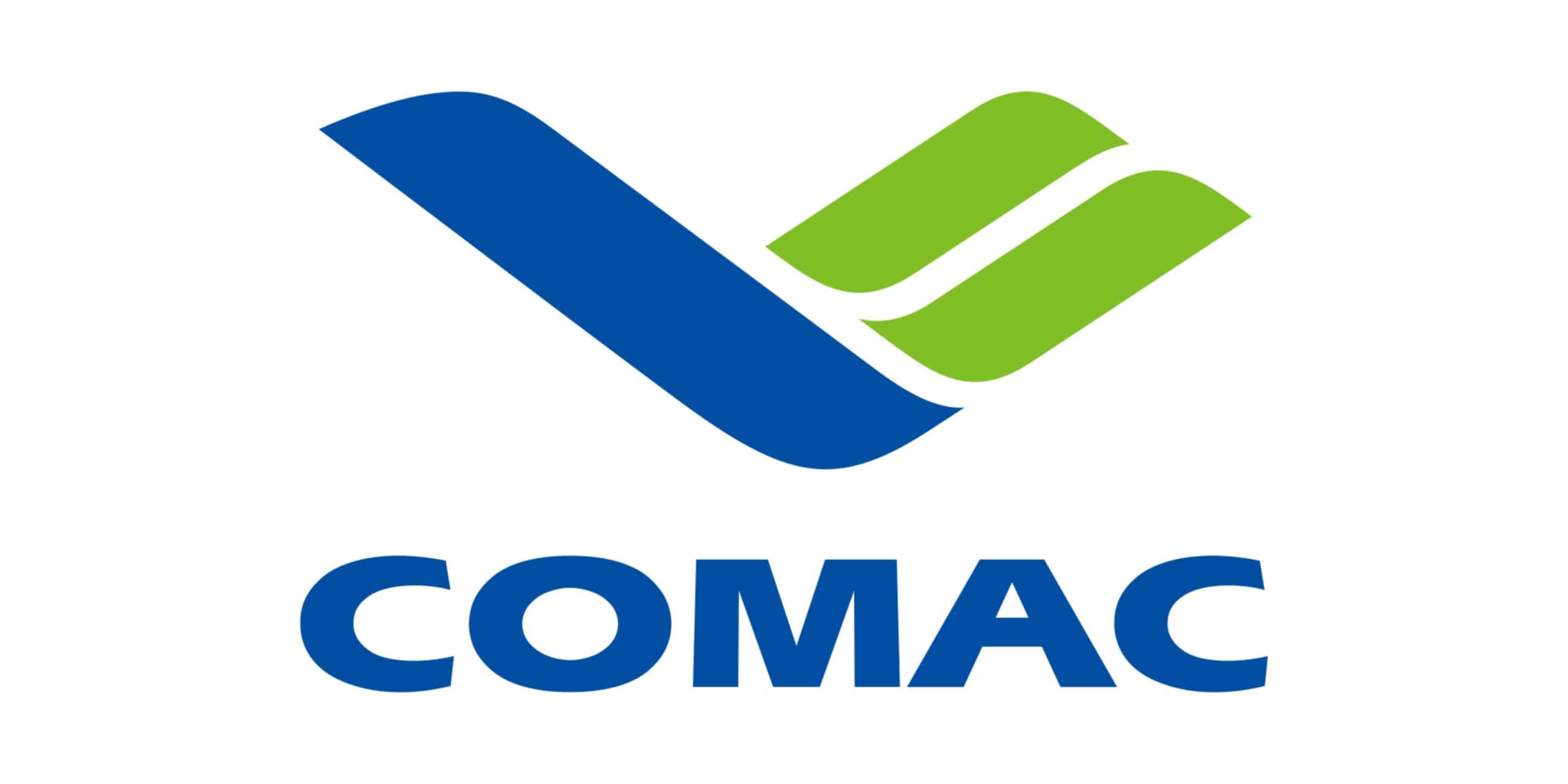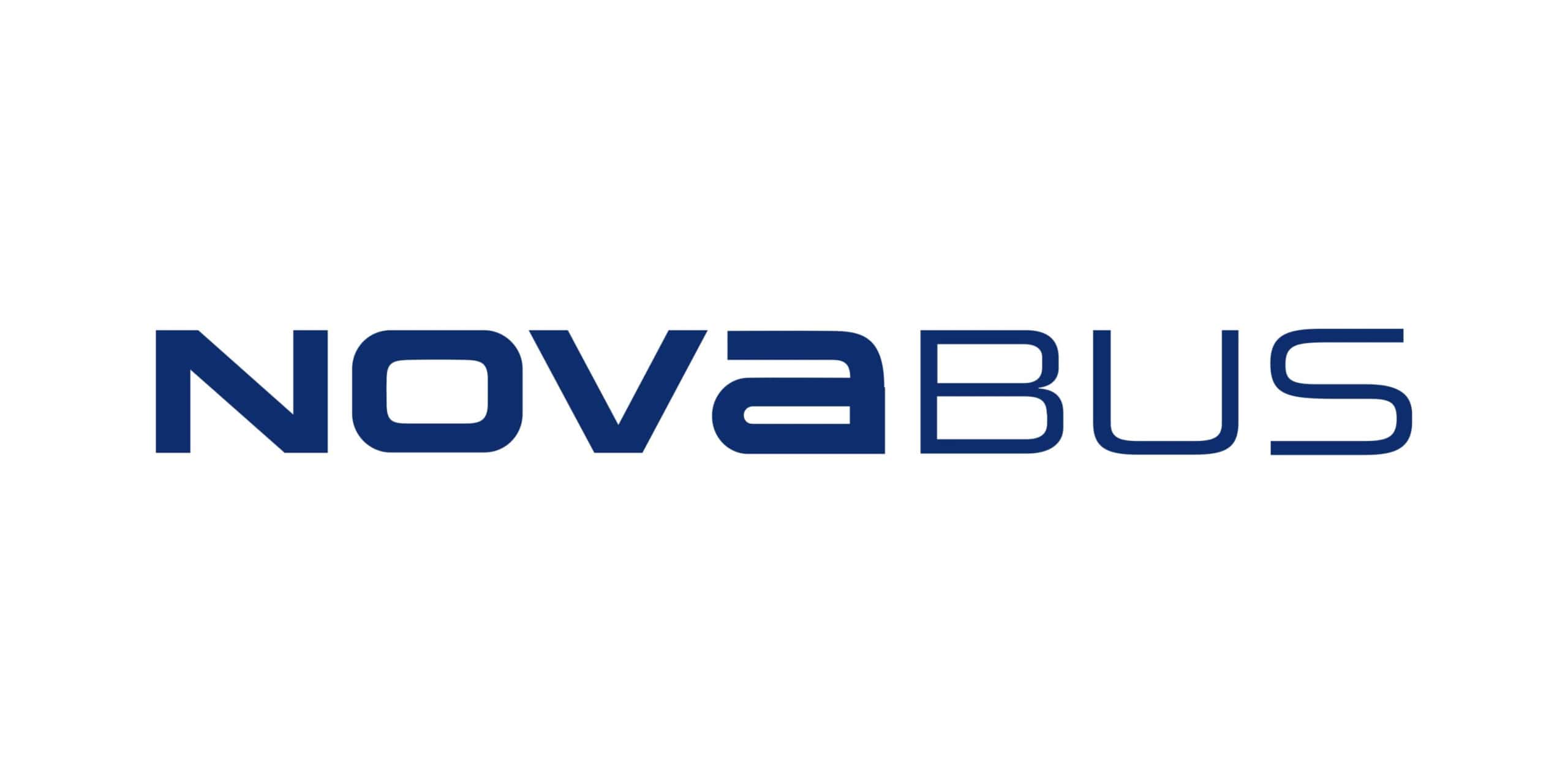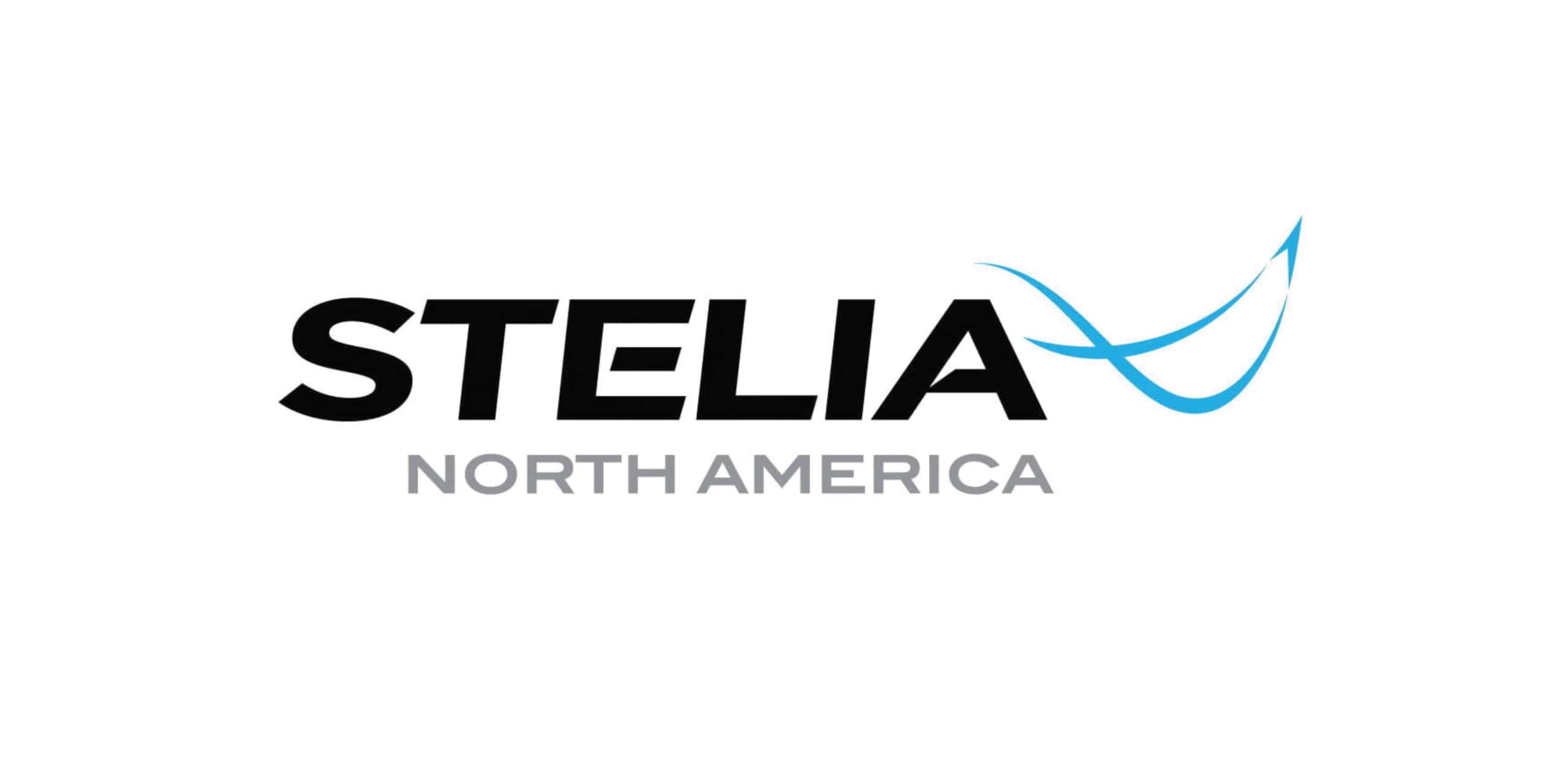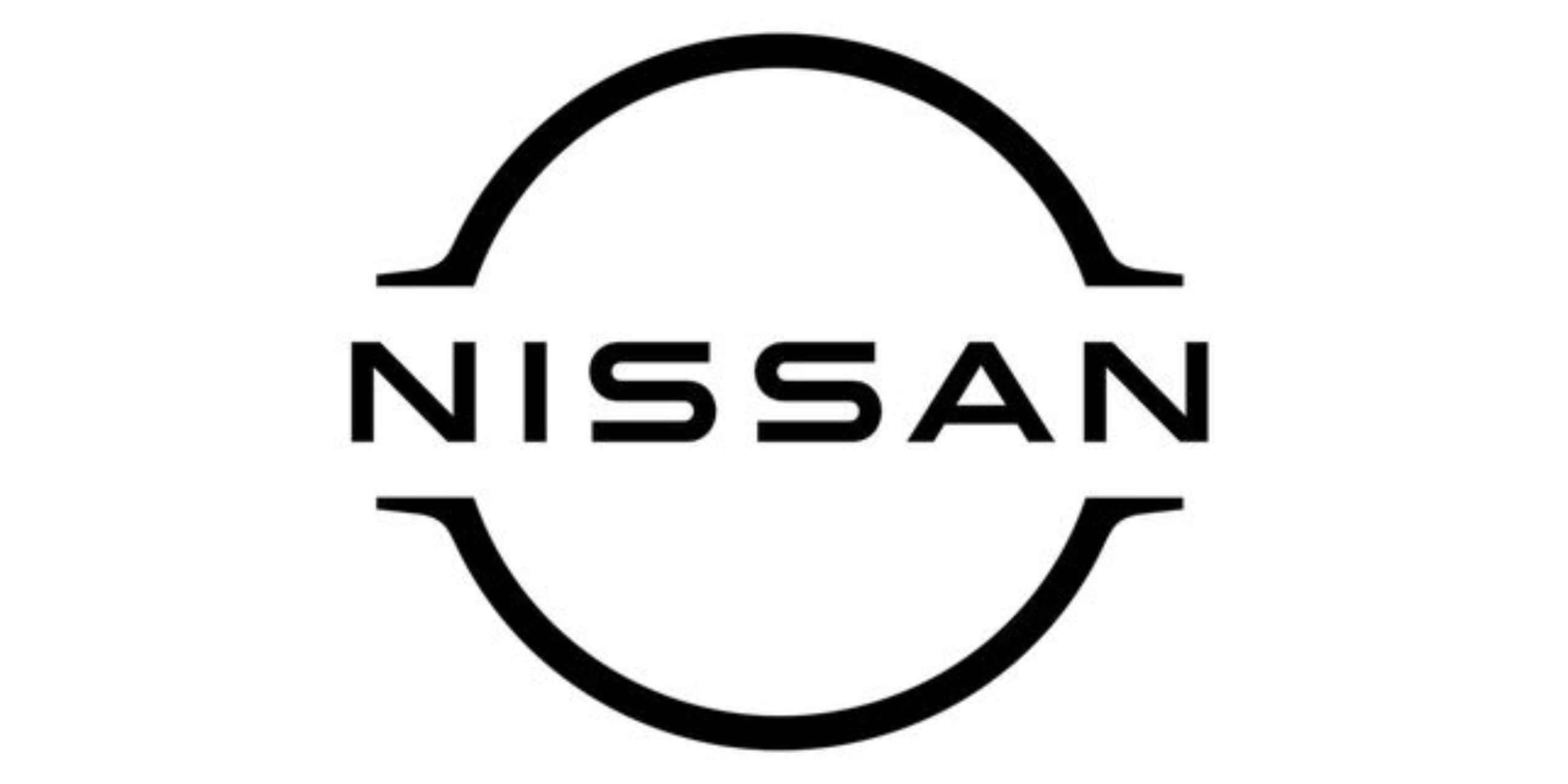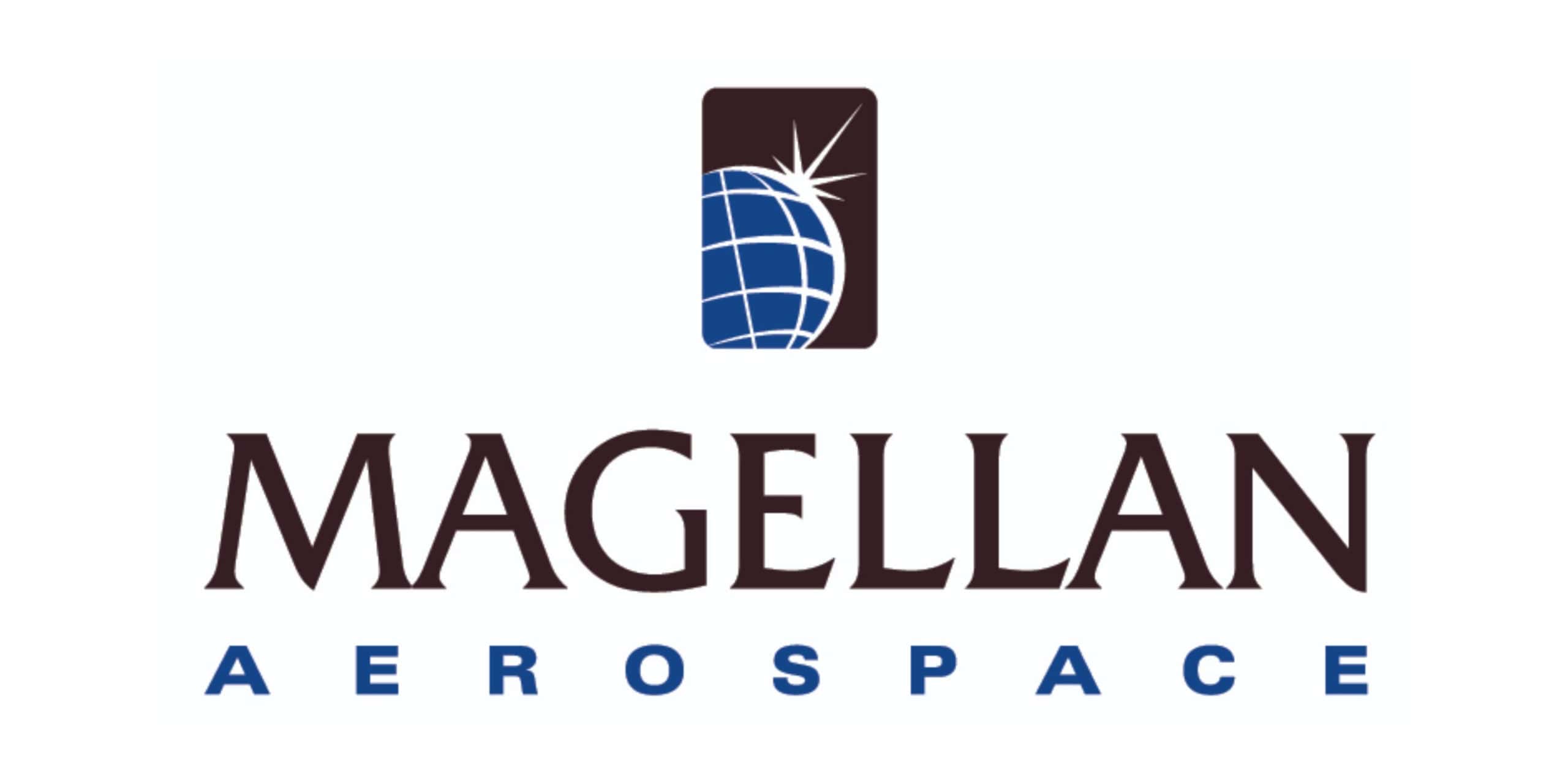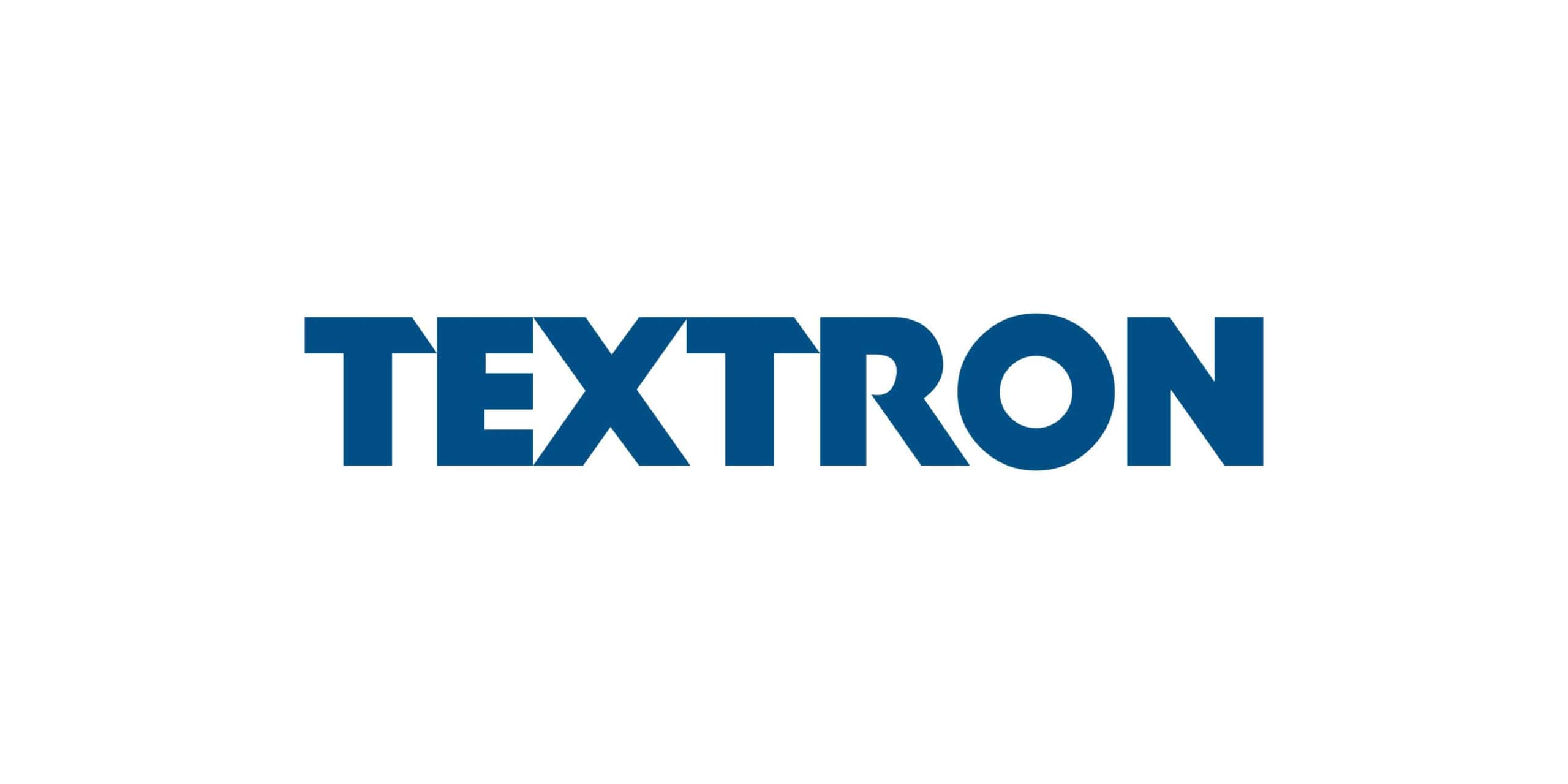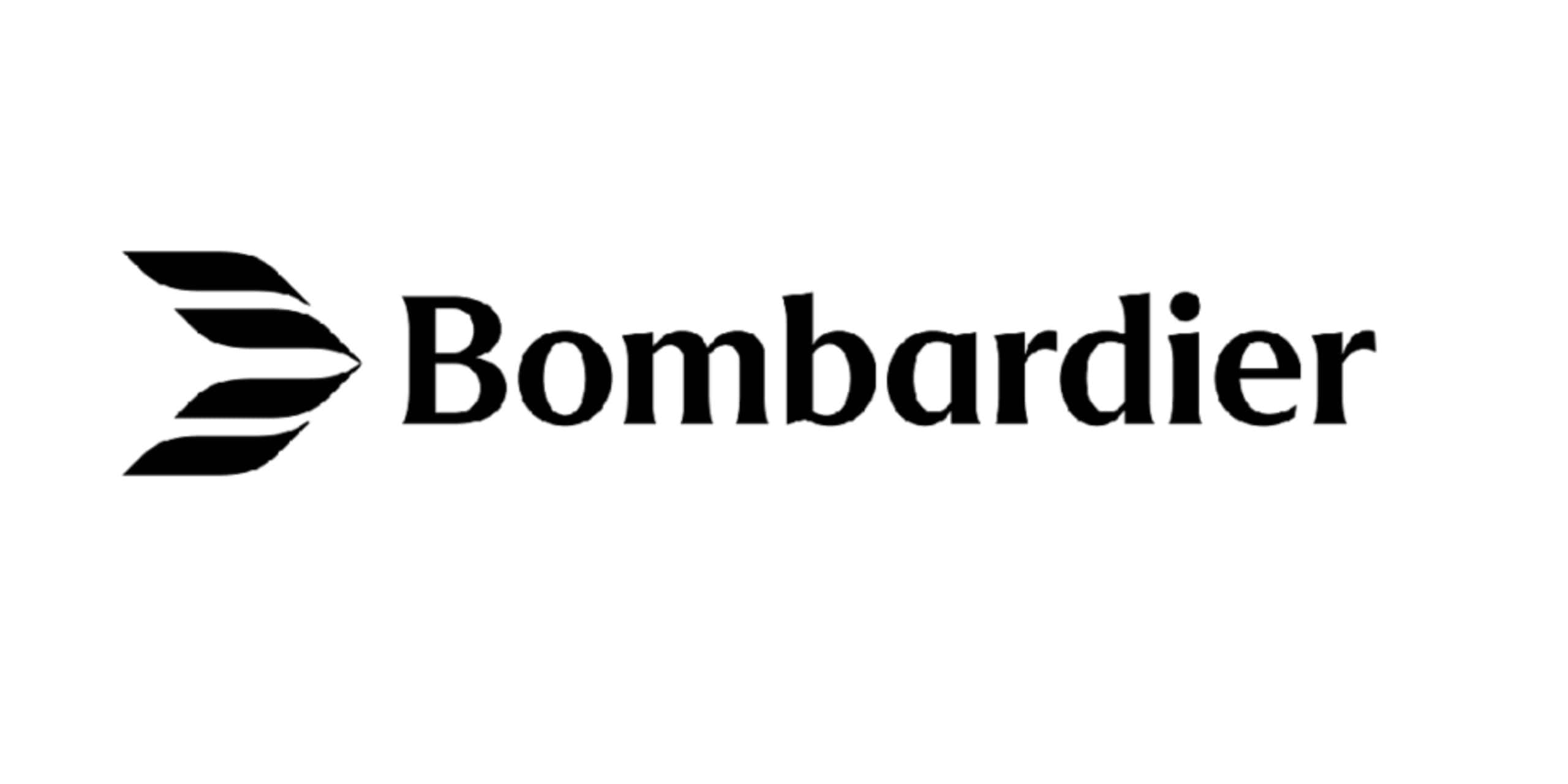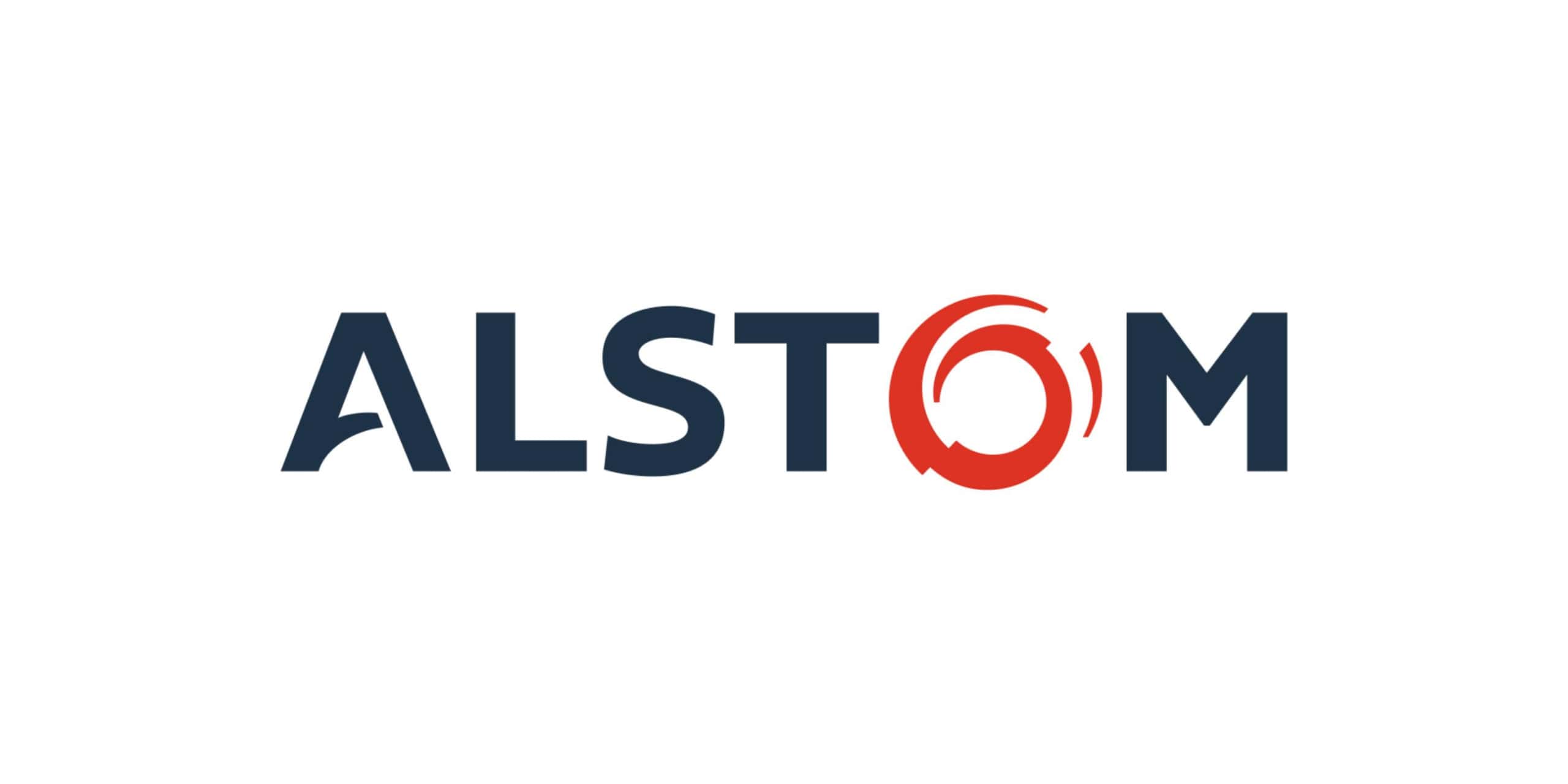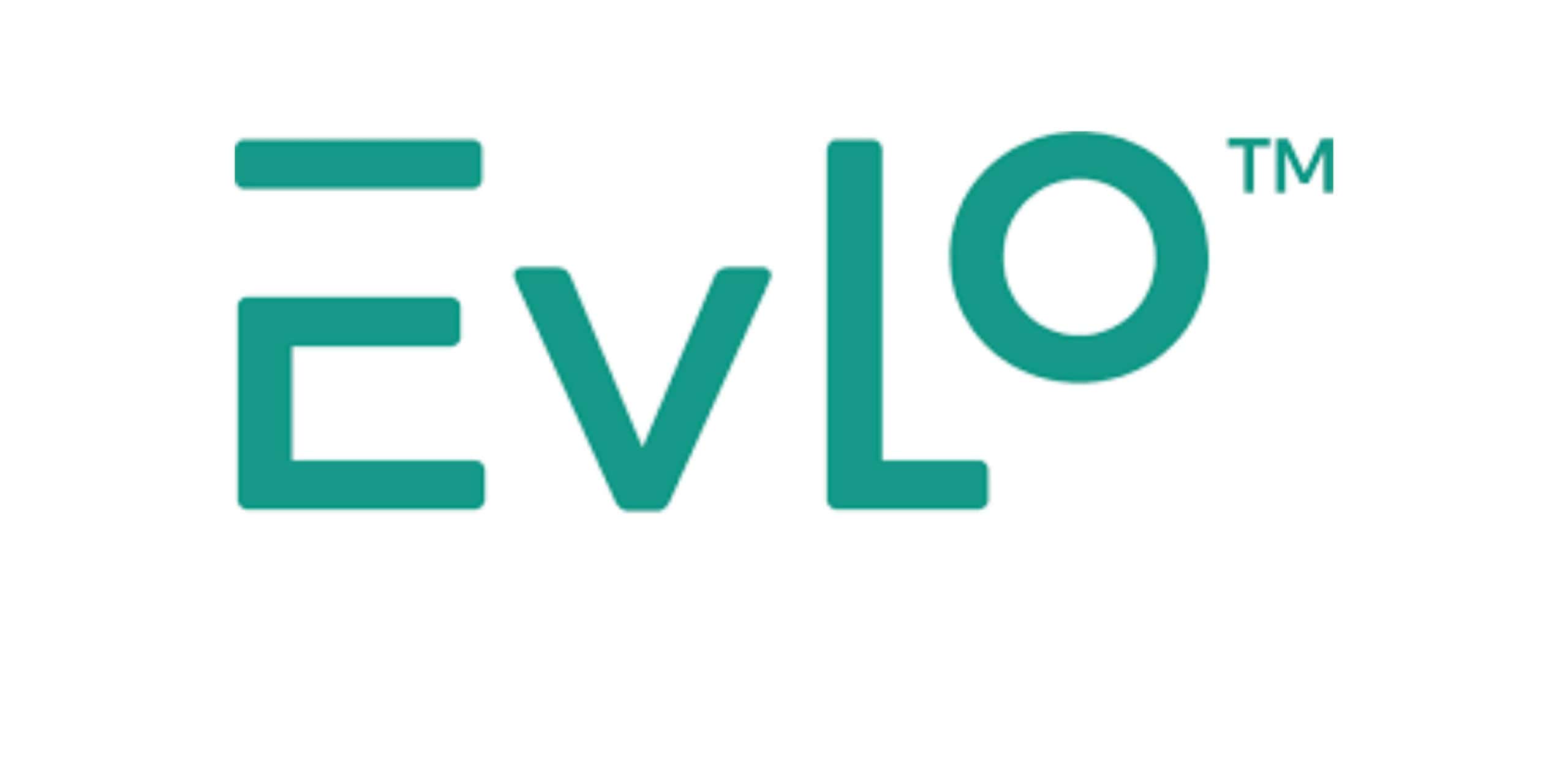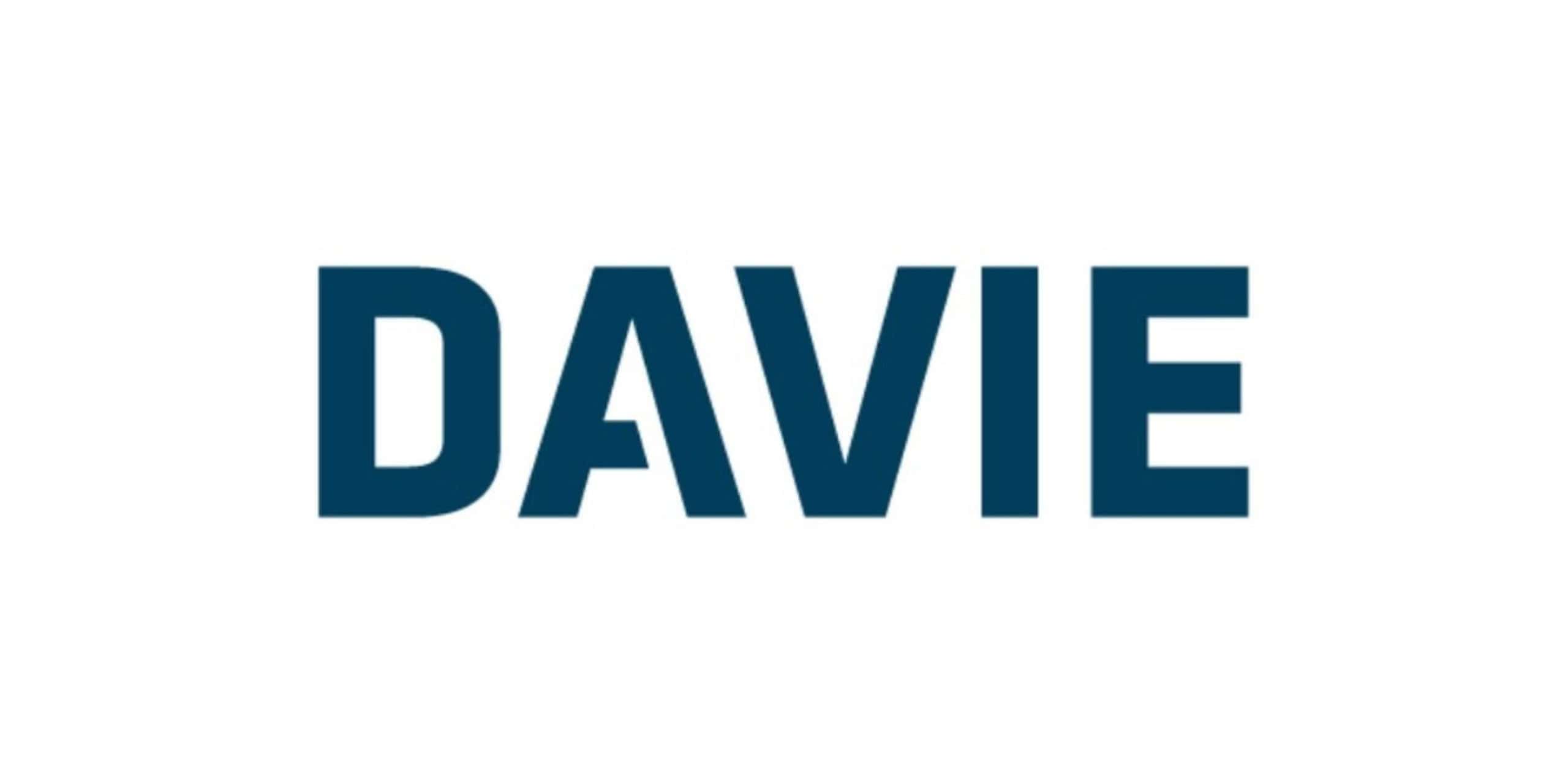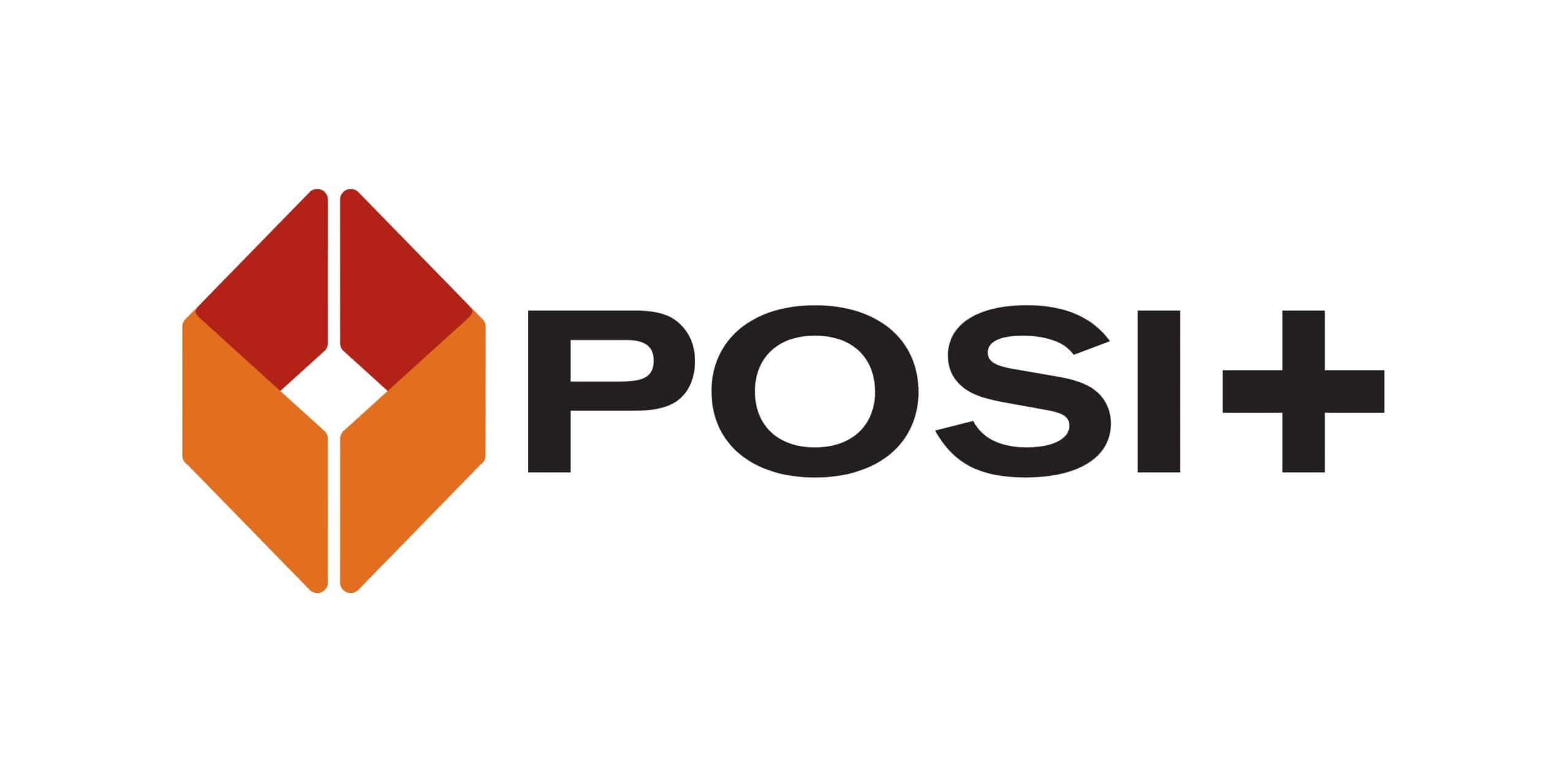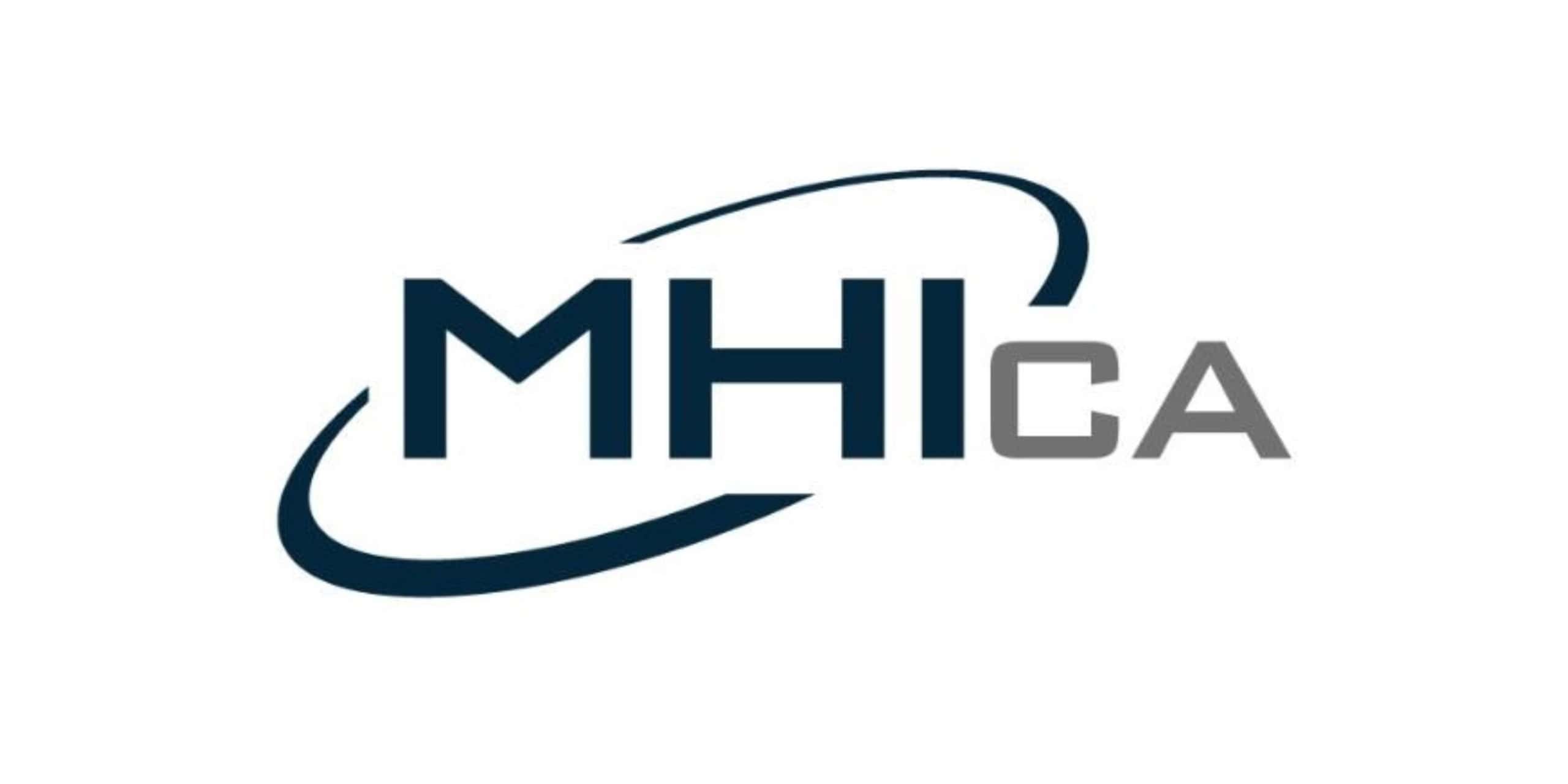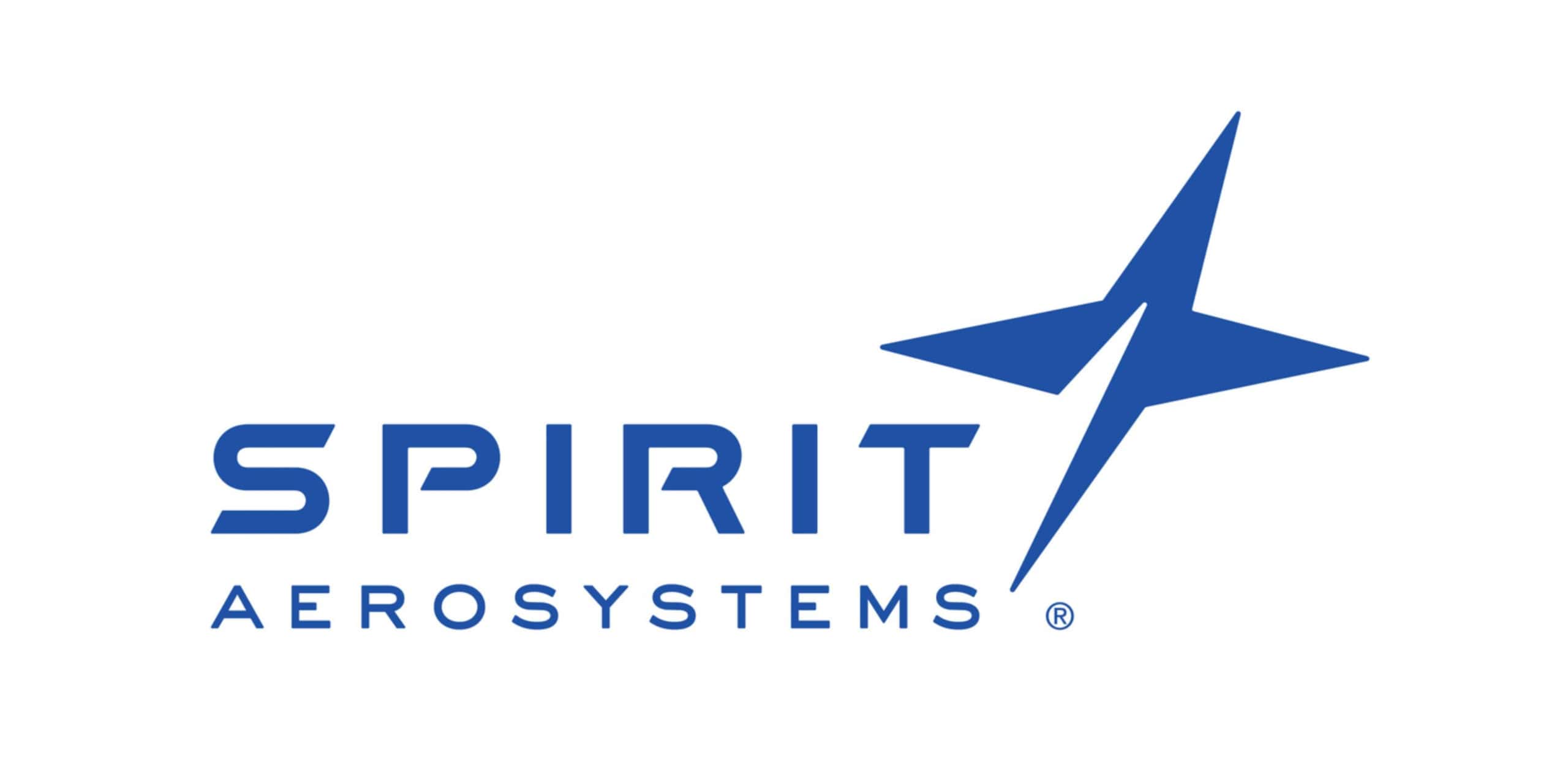Supply chain risk management allows businesses to identify, evaluate, and reduce risks. Developing and maintaining optimal supply chain management strategies can help your company streamline its operations, reduce costs, improve customer service, and boost the bottom line.
Research shows that identifying, assessing, and monitoring supply chain risks require sophisticated tools, techniques, and strategies, including the internal and external collaboration of supply chain members.
The purpose is to reduce vulnerability and ensure profitability, allowing a company to gain a competitive advantage in the market. Most supply chain businesses fail to identify and manage risks or uncertainties.
One reason is that they don’t have evidence-based knowledge, cutting-edge tools, and optimal resources to streamline the process. Today’s article will answer the question: “How to manage risk and uncertainty in the supply chain?” Read on!
Understanding Supply Chain Risk and Uncertainty
According to Law Insider, supply chain risk refers to unwanted functions, malicious activities, and uncertainties that can disrupt a product’s design, manufacturing, production, and distribution. It also affects the installation, operation, and maintenance of a supply chain system or network. Moody’s Analytics highlights common examples of supply chain risks:
- Disruptions in production and operations
- Cybersecurity incidents
- Quality issues and defects
- Transportation and logistics disruptions
- Geopolitical risks and trade disputes
- Supplier and third-party risks
- Environmental risks and sustainability concerns
- Demand volatility and shifts
- Labor shortages and skills gaps
- Regulatory and compliance risks
According to Supply Chain Digital, 85% of businesses experience one or more disruptions in their supply chain operations yearly. These include data threats, financial instability, and incidents on site.
In addition, the article reports that 75% of companies experienced ransomware or cyberattack during the Covid-19 pandemic. 40% of companies failed to recover data lost due to the cyberattack.
So this means companies are vulnerable to cyberattacks, including malware and ransomware, and they must implement a solid data risk management strategy to prevent hackers and cybercriminals from stealing valuable data.
Developing an evidence-based supply chain risk management strategy with reliable standards, protocols, and tools can benefit your company in several ways. These include:
- Optimal production and delivery of products
- Prevention of financial instability by detecting risks earlier
- Responding to unexpected events efficiently and quickly
- Protecting your company’s brand and reputation
- Attracting and retaining clients
- Improving customer satisfaction
- Remaining compliant with standards, rules, and regulations
Assessing Supply Chain Risk
According to Sedex, companies looking to reduce or mitigate supply chain risks must follow a multi-pronged approach, focusing on historical and real-time data. You must develop a systematic plan that focuses on potential hurdles and opportunities for growth. The following strategies or methods can help you assess the supply chain risk.
Map Your Supply Chain
Mapping your supply chain requires getting a more transparent and bigger picture of your suppliers’ locations. For example, you must focus on the tier of suppliers and areas or regions they operate in to get detailed information. It usually includes outsourced contacts, labor providers, and other parties that pose high-risk issues.
Recognize High-Level Risk Factors
Once you have mapped your supply chain, you can analyze the contextual or high-level factors contributing to risk levels in specific countries or sectors. For example, risk factors at a country level include:
- Poor legal systems
- Discrimination against specific groups
- Corruption and mismanagement
- High levels of poverty
Companies must also analyze the regional factors to streamline the process. These elements are security issues and proximity to migration corridors. Besides, businesses must develop a sophisticated approach to get real-time data on the types of workers employed. You can get this data or information from numerous sources, such as the United Nations (UN) agencies or research firms.
Prioritize Risks to Identify Potential Impacts
Every company has limited resources to assess supply chain risks. Therefore, they must focus on risks that can hinder their business operations. One way to do this is to prioritize risks by identifying their potential impacts on rights holders.
In addition, you can also use this strategy to use resources more effectively. We recommend narrowing the focus on risks that can cause severe damage to your company and supply chain network.
According to UNGPs, prioritization is an excellent way to rank risks based on their seriousness. However, this requires digging deep into the data and analyzing it thoroughly to gain valuable insights. For instance, ask yourself the following questions to optimize the process:
- How likely is it that the risk will lead to a severe complication?
- Will it seriously impact an individual or community?
- How many people will the potential risk affect?
- What strategies can I use to reverse the impact?
Answering these questions will give you a clearer picture of the potential risks and help you develop and modify your strategy. Thus, you can follow a proactive approach to minimize the impact of risk on your business, people, and community.
Strategies for Managing Supply Chain Risk and Uncertainty
Managing supply chain risks and uncertainty is a daunting and time-consuming task. It requires thorough planning and preparation and getting everyone on board. So, how do you streamline the process without hassle? Here are a few strategies to get started:
Contingency Planning
A contingency plan is essential for managing risks and uncertainties. It requires a company to develop protocols and procedures, allowing it to prepare itself for unexpected events and disruptions in the supply chain.
Research shows that a contingency plan is a proactive approach to risk management, requiring a company to evaluate the probability and potential effect on the supply chain. However, you must develop a plan based on the SMART strategy and ECG principles and follow an evidence-based framework that aligns with your business goals.
Suppose you have problems or disruptions in transportation or logistics, such as transportation providers experiencing a strike. In that case, you can execute your contingency plan focusing on alternative service providers. In that case, you will prioritize shipments and discuss potential delays with suppliers and customers.
Supplier Relationship Management
Supplier relationship management is integral to managing risks and uncertainties. It requires working relationships with suppliers to minimize risk and maximize value. We recommend the following strategies to develop close relationships with suppliers:
- Aligning your company’s and supplier’s goals and objectives
- Collaborating on essential strategies to improve:
- Quality
- Reduce costs
- Boost efficiency
- Increase revenues
According to Tech Target, supplier relationship management involves various activities based on a company’s requirements or needs. These include supplier selection, performance monitoring and evaluation, contract management, and supplier development.
Scenario Planning
According to Gartner, scenario planning is a powerful tool for businesses to identify, evaluate, and prepare for potential risks, disruptions, and complications in the supply chain. The purpose is to create hypothetical scenarios based on various possible outcomes.
Similarly, it would help if you analyzed the impact of each scenario on your business operations related to the supply chain. Thus, you can gain valuable insights to develop a plan and actionable approach for each scenario.
MIT reports that a company must identify potential drivers of change, including natural disasters, new regulations, geopolitical events, and other factors, to develop scenarios. Remember, this requires collecting and analyzing historical and real-time data to create realistic scenarios and their potential impact on your company in the future.
Data Analytics & Predictive Modeling
Data analytics is an effective and reliable tool to track numerous factors, such as inventory, demand, transportation bottlenecks, supplier performance, and delivery times of raw materials or finished products.
According to Snowflake, supply chain risk management has become necessary for companies due to the globalized, complex, and interconnected business environment. So, your company needs real-time visibility into the supply chain to identify and analyze potential disruptions and complications.
Remember, traditional supply chain methods can’t resolve issues. For instance, siloed systems and manual spreadsheets can lead to data redundancies and inaccuracies, preventing you from optimizing the process.
On the other hand, you can streamline supply chain risk management by utilizing modern technologies, such as machine learning algorithms, cloud computing, predictive analytics, big data, etc.
Thus, you can gain real-time visibility and valuable insights into the supply chain. Moreover, we recommend collaborating and communicating with key stakeholders in the supply chain to manage risks and improve resilience.
You must adopt a proactive, evidence-based, and technology-driven approach to minimize disruptions, maintain stakeholder trust, and improve customer satisfaction. You can use a tailored or customized cloud-based platform to collect and analyze data and gain real-time insights.
Make sure you find and use a cloud platform based on machine learning and predictive mathematical models to identify potential risks and disruptions in the supply chain.
Supply Chain Resilience and Business Continuity Planning
According to SAP, supply chain resiliency allows companies to respond efficiently and quickly to operational disruptions. Resilience is primarily based on evidence-based, reliable, and flexible contingency planning and forecasting.
It covers many aspects, such as material sourcing, logistics, and delivery of final products or services. So, how do you achieve supply chain resilience? Follow the tips and tricks below!
Manufacturing Network Diversification
Most companies focus on diversifying their manufacturing or sourcing bases due to the U.S-China trade war. For instance, you can establish partnerships with suppliers outside U.S. and China to avoid disruptions and optimize the sourcing of materials or delivery of finished goods.
Nearshoring
If you want to reduce geographic dependence on global networks, you can leverage nearshoring. Not only does nearshoring shorten cycle times for final products, but you will also gain more control over inventory and supply the products efficiently and quickly to end consumers.
However, nearshoring is about local and regional supply chains, adding more players and complexity to the network. As a result, you may experience increased costs when moving products to the end customers. Overall, this is a reliable approach when used carefully.
Ecosystem Partnerships
The Covid-19 pandemic is one of the leading causes for companies to adopt a diversified approach to sourcing. However, collaborating with suppliers, particularly for raw materials, requires companies to prepare themselves for unexpected events.
The purpose is to build resilience and prevent disruptions in the future. Therefore, you must establish solid relationships with contract manufacturers to diversify production and distribution in various countries.
Business Continuity Planning for Risk Management
ASCM highlights that business continuity planning is a preventative strategy for managing risks in the supply chain. A company must develop protocols and methodologies for improving business operations during delays or disruptions.
According to EY, a business continuity plan identifies alternative suppliers and transportation methods, establishes essential materials’ safety stock levels, and streamlines communication with suppliers, customers, and other stakeholders.
In addition, a reliable approach/plan requires collaboration between the supply chain’s stakeholders. These include suppliers, logistic providers, and customers. According to American Express, successful companies perform ongoing and thorough monitoring of contingency plans to remain resilient during unexpected events and changing risks.
So, when you develop and implement an evidence-based continuity plan, you can reduce the risk and impact of disruptions on your business operations. As a result, stakeholders and customers trust your company, and you achieve enough resilience to prepare for and mitigate risks even when unexpected events occur.
The Role of an Agile Supply Chain in Managing Risk and Uncertainty
Developing and implementing an agile supply chain allows a company to improve process efficiency and empower employees to improve productivity, leading to an increased overall bottom line.
According to Four Kites, an agile method is an excellent way to respond to unexpected and sudden changes in supply and demand. So, we recommend adopting an agile model to act quickly and decisively.
However, you must understand the difference between lean and agile supply chain models. For instance, an agile supply chain allows you to achieve flexibility and handle changes in sudden demands or crises.
On the other hand, a lean supply chain requires you to perform thorough and continuous improvement to maximize savings. At the same time, it allows you to minimize redundancies.
According to JIGA, the Covid-19 pandemic has forced companies to realize that their supply chains are static. Most companies failed to cope with the situation due to the closing of manufacturing centers in Asia and disruptions in shipping.
Some companies partnered with local and regional manufacturers and suppliers to overcome the situation. However, onboarding new suppliers were daunting and frustrating because they couldn’t align their goals/objectives.
However, some companies like Amazon thrived during the Covid-19 pandemic by providing customers with reliable services and support through rapid response and delivery of products.
Final Words
The supply chain is the core aspect of your company, and any interruptions or disruptions can harm your business’s day-to-day operations. For instance, a small error in data or delay in product delivery can cause financial distress or close your company.
Sometimes, the reputational damage is irreparable, meaning you must act proactively and develop a sophisticated supply chain risk management strategy to stay afloat in the industry.








